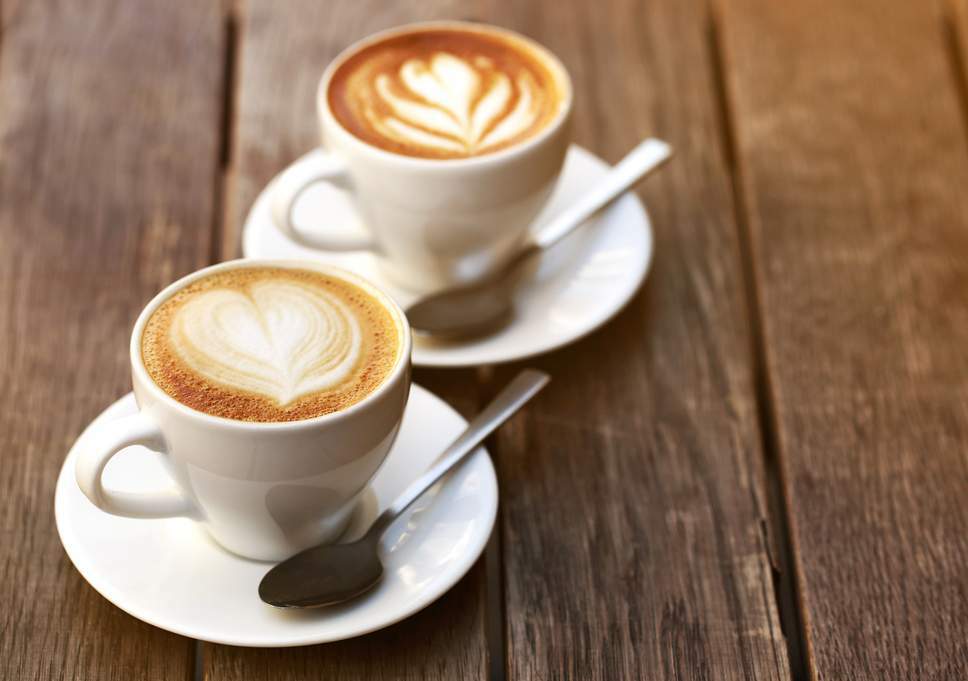There are no prizes for guessing that most Tamil households love their filter espresso frothy. From the awesome aroma of the floor espresso powder to the way it is poured, the use of a set of stainless-steel tumblers and savannah (the bowl-like field at the lowest) to create the foam, filter out kaapi or the brew-drip Espresso holds a unique location for plenty coffee enthusiasts. For making that best cup (or have to, we are saying tumbler), all you want is a wonderfully brewed coffee decoction — a mix of boiled water and floor espresso powder (this is special from on-the-spot espresso powder) and a fixed of espresso filter utensils.

Iapplying the proper coffee powder to filter coffee is critical. A combo of Arabica and Robusta coffee beans — roasted and freshly ground — is considered an appropriate blend. It is said that the manner of roasting coffee beans releases 80 consistent with cent of the aroma into the coffee. While several people prefer a touch Chicory (roasted and floor woody plant), which offers the Espresso its aroma and shade, it’s miles considered to have facet consequences for people with hypersensitive reactions and pregnant ladies. Hence isn’t always encouraged by way of many households.
It’s miles advised to use a South Indian coffee filter for high-quality results, a couple of stainless steel or brass utensils (with a perforated pinnacle), with a lid and stemmed disc. *Add three medium teaspoons of espresso powder to the pinnacle perforated box of the coffee filter and location the stemmed disc to compress the powder. *Place the pinnacle box over the stemmed disc, but no longer press it completely to match the lowest box, as this blocks the brewing manner. Add 1/three cup of warm boiling water to the top cup of the filter out.
*Cover the lid. Leave the coffee undisturbed for at least 1/2 hour (for nice consequences, leave it in a single day) so the brewed coffee can slowly drip into the lowest cup. The amount of water to espresso powder ratio is critical to get thick, robust decoction.
– If you’re using a vintage coffee clear-out, it is ideal for warming the perforated pinnacle over a low flame (with adequate heat precautions as it turns very warm) for a few minutes because it opens up the perforations and facilitates a better filter-out method.
Do not tighten the lid or the bottom component too much, as it will be difficult to open.
*In a pitcher, upload all the components and mix them properly. Alternatively, you can boil the milk first, add the decoction and powdered jaggery/sugar, and stir it well.
*Pour the Espresso from side to side within the tumbler and savannah to make the appropriate frothy coffee.
The following statistics are intended to offer standard information on the variety of industrial espresso machines used in the Coffee Industry nowadays. I apologize earlier if I’m “Teaching you a way to suck eggs.” Having been a consultant concerned in the Coffee World for some years, advising customers and choosing the proper system to healthy their needs. Believe me when I say that many humans have asked, “What’s an egg?” Facts are facts, so the following is my interpretation and the way I advocate for customers.
There were many adjustments within the UK’s interest in coffee within the ultimate 10 – 15 years. The want for real espresso-based coffees has expanded dramatically. Instant Espresso out a tin, or at fine “Pour and Serve,” filter-out coffee machines have been the primary way of imparting Espresso all through the beyond thirty years. I can talk from past experiences when selling coffee machines that prepare “real bean” coffee-based coffees to businesses inside the food and drinks zone.
These days, one business would not consider anything less than a traditional Espresso system or Bean to Cup device. Back then, the British public became, without a doubt, the simplest used to “instantaneous” type espresso and espresso changed into something foreign. Businesses failed to see the need to head “foreign.”

